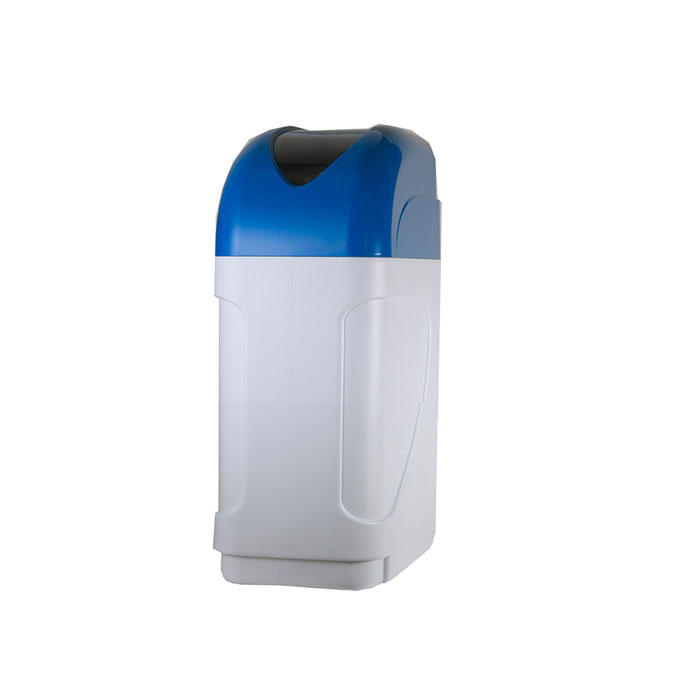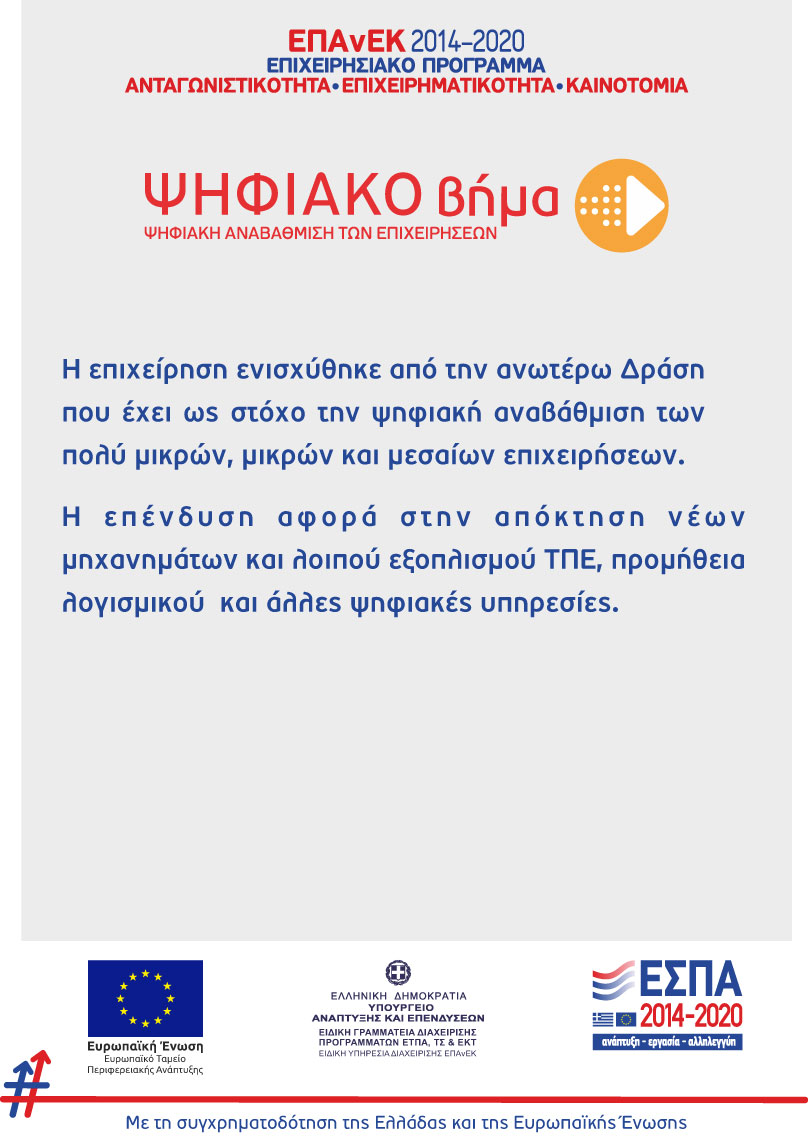
Water softeners are fully automated devices, which have the ability to capture and remove calcium (Ca+2) and magnesium (Mg+2) ions that are dissolved in water and give it its hardness.
The presence of these ions is almost certain in untreated water (e.g. well water) and evidence of this presence is the deposition of salts on surfaces that come in contact with water.
Although they do not pose a risk, hardness deposits are undesirable for aesthetic, functional and network protection reasons in homes, businesses and industrial production processes.
The softening process is based on the logic of capturing calcium ions (Ca+2) and magnesium (Mg+2) from a sufficient amount of a suitable ion exchange material, the ion exchange resin. The complete softening cycle consists of successive phases that include:
01
Service
It is the main phase. It is the one during which the hard water passes through the resin and loses its hardness. Calcium (Ca+2) and magnesium (Mg+2) ions bind in the form of a precipitate.02
Backwash
It is the washing phase of the ion exchange resin to remove sediments to the sewer.03
Regeneration
The regeneration phase of the resin with the help of saturated aqueous NaCl solution (brine).Complete protection from salts and deposits
The type of the softener is determined by the way in which the automatic start of the washing and regeneration phases of the ion exchange resin is regulated:
01
Time controlled
The cycle of regenerations phases is scheduled to begin at a specific point in time (day and time).02
Volumetric controlled
The cycle of regeneration phases is planned to start based on the automatic calculation of treated water consumption, in other words by the maximum capacity of produced softened water per regeneration.A complete unit consists of the resin column, the appropriate resin, the multi-position valve, the control and operation automation, and the brine container in which the sodium chloride (NaCl) solution is saturated. The production capacity of the system is calculated based on the consumption, water hardness and the specific requirements of each application.







